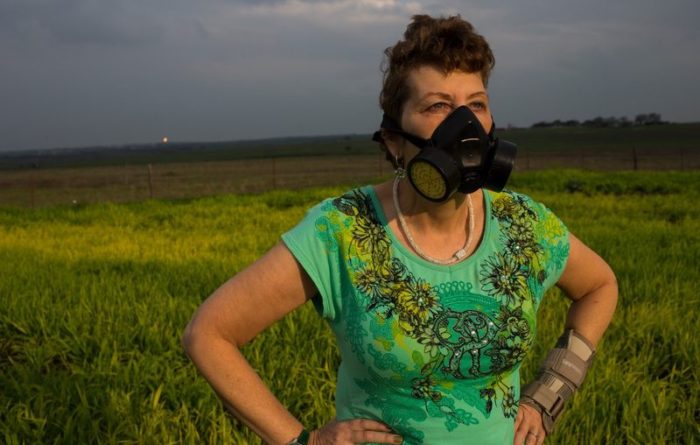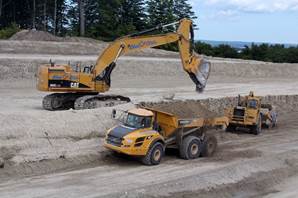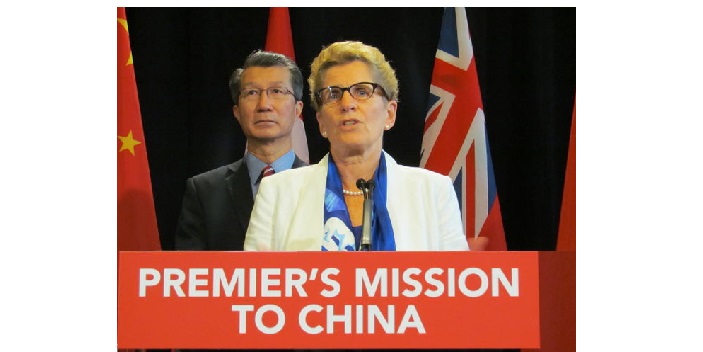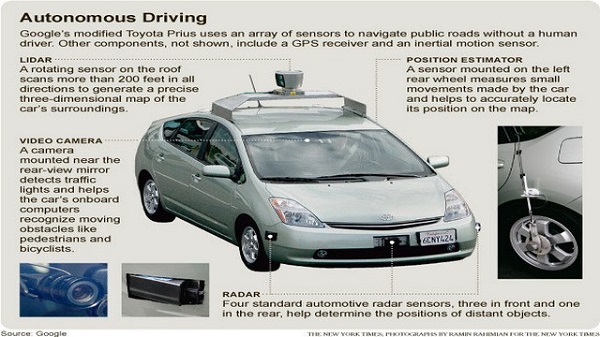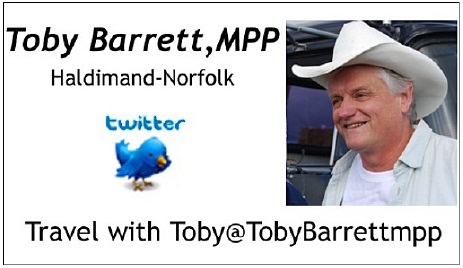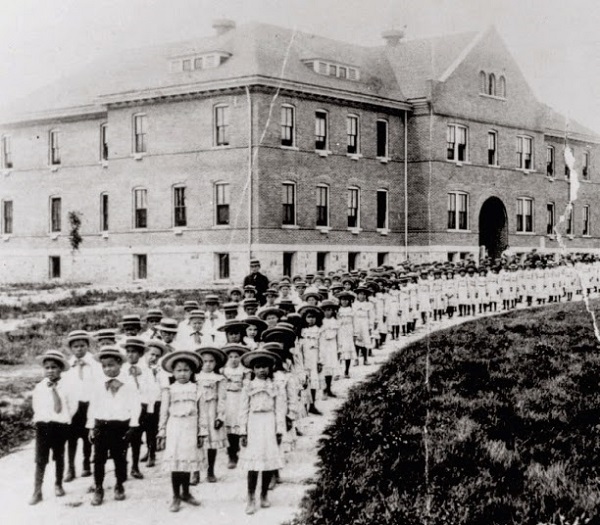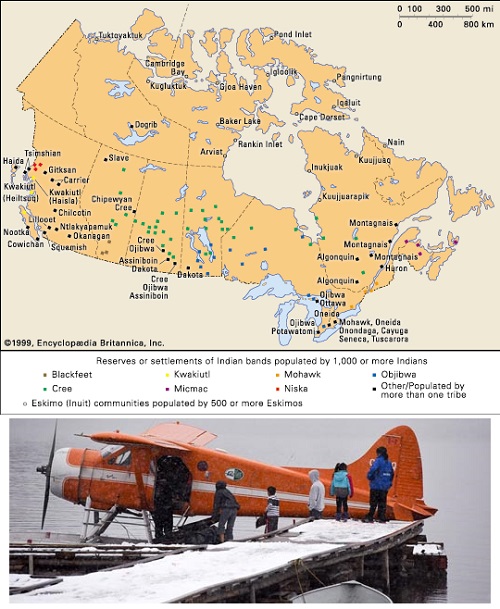Amsterdam, Netherlands, – Online travel specialists, TravelBird, have released their annual Beach Price Index, featuring more than 300 seaside locations from 70 countries around the globe. On a year-to-year basis, the price of holiday beaches can change substantially when you take into account factors such as currency fluctuation and inflation. As a company which prides itself on inspiring travelers, TravelBird ranked the beaches in order to provide holidaymakers with the information they need to make a smart decision when booking.
TravelBird first examined an extensive catalogue of the world’s most popular beaches, before reducing this to a final shortlist of just over 300 locations, ranked on the cost of spending a day at each. To calculate their affordability, the price of five essentials were then researched for each destination: the cost of a bottle of sun cream (200 ml), a bottle of water (500 ml), a beer (33 cl bottle), lunch (including drink and dessert for one person), and an ice cream. The sum of these five essentials determined the final affordability ranking of each seaside location. All prices were calculated by standardizing the sizes of products, and with monetary transactions true to exchange rates on 1st June 2017.

“It is very interesting for travelers who are planning their trip to see how much the price of spending a day at the beach varies across the world. There are many useful tips in here. One to easily forget, currency fluctuations can make a big difference in the actual cost of your holiday, so keep those in mind. For example, beaches in the UK have become almost 10% more affordable for continental European visitors due to the decline of the pound after the Brexit referendum.” Said TravelBird CEO Steven Klooster. “Also, if you are keen on enjoying local food on the beach, pick Vietnam for instance, where you can enjoy delicious local food on the beach that is very affordable. Another one: in some places you pay a lot for sunscreen, up to 3 times more than you would pay in The Netherlands, so make sure you take some with you!“
The study reveals the 10 most expensive beaches are:
|
# |
Beach |
Country |
Sunscreen |
Water |
Beer |
Ice-cream |
Lunch |
Total (USD) |
|
1 |
Kristiansand Beach |
Norway |
$21.58 |
$2.65 |
$8.48 |
$4.53 |
$27.37 |
$64.61 |
|
2 |
Huk Beach |
Norway |
$20.67 |
$2.97 |
$8.83 |
$5.09 |
$24.38 |
$61.94 |
|
3 |
Solastranda |
Norway |
$20.14 |
$2.83 |
$7.63 |
$4.71 |
$25.02 |
$60.33 |
|
4 |
Mareto Plage Publique |
French Polynesia |
$21.96 |
$2.01 |
$7.30 |
$3.99 |
$23.43 |
$58.69 |
|
5 |
La Plage de Maui |
French Polynesia |
$20.88 |
$2.01 |
$7.49 |
$3.53 |
$24.49 |
$58.40 |
|
6 |
Åkrasanden |
Norway |
$22.26 |
$2.57 |
$8.47 |
$4.24 |
$20.44 |
$57.98 |
|
7 |
Hamresanden |
Norway |
$22.97 |
$2.39 |
$7.42 |
$4.35 |
$20.01 |
$57.14 |
|
8 |
Ribersborg Beach |
Sweden |
$17.38 |
$2.12 |
$6.79 |
$3.31 |
$25.73 |
$55.33 |
|
9 |
Anse Vata |
New Caledonia |
$15.33 |
$1.82 |
$7.42 |
$2.28 |
$28.29 |
$55.14 |
|
10 |
Anse Georgette |
Seychelles |
$26.63 |
$0.94 |
$6.89 |
$1.24 |
$17.66 |
$53.36 |

In contrast, the study reveals the 10 most affordable beaches are:
|
# |
Beach |
Country |
Sunscreen |
Water |
Beer |
Ice-cream |
Lunch |
Total (USD) |
|
310 |
Cua Dai Beach |
Vietnam |
$1.95 |
$0.50 |
$2.04 |
$0.88 |
$7.81 |
$13.18 |
|
309 |
City Beach |
Vietnam |
$2.32 |
$0.33 |
$2.14 |
$0.88 |
$8.23 |
$13.90 |
|
308 |
Long Beach |
Vietnam |
$2.57 |
$0.43 |
$2.09 |
$0.99 |
$8.34 |
$14.42 |
|
307 |
Marsa Nayzak |
Egypt |
$6.61 |
$0.21 |
$1.96 |
$0.83 |
$6.83 |
$16.44 |
|
306 |
Sunken City |
Egypt |
$7.12 |
$0.20 |
$2.02 |
$0.84 |
$6.64 |
$16.82 |
|
305 |
Varkala Beach |
India |
$3.98 |
$0.37 |
$3.32 |
$0.73 |
$9.21 |
$17.61 |
|
304 |
Benaulim Beach |
India |
$4.65 |
$0.31 |
$3.20 |
$0.61 |
$9.15 |
$17.92 |
|
303 |
Palolem Beach |
India |
$4.65 |
$0.24 |
$3.13 |
$0.67 |
$9.52 |
$18.21 |
|
302 |
Cavelossim Beach |
India |
$4.65 |
$0.37 |
$3.41 |
$0.83 |
$9.15 |
$18.41 |
|
301 |
Sharm El-Naga Bay |
Egypt |
$7.12 |
$0.21 |
$1.96 |
$0.84 |
$8.44 |
$18.57 |

Click here for the full results: https://travelbird.nl/beach-price-index-2017/
4 Canadian beaches appear in the Index, with the following results:
|
# |
Beach |
Region |
Sunscreen |
Water |
Beer |
Ice-cream |
Lunch |
Total (USD) |
|
118 |
Grand Beach |
Manitoba |
$9.15 |
$1.61 |
$3.59 |
$2.89 |
$20.90 |
$38.14 |
|
121 |
Brady’s Beach |
British Columbia |
$9.28 |
$1.74 |
$3.65 |
$3.00 |
$20.00 |
$37.67 |
|
136 |
Wasaga Beach |
Ontario |
$9.15 |
$1.70 |
$3.59 |
$3.38 |
$19.08 |
$36.90 |
|
149 |
Parlee Beach |
New Brunswick |
$8.87 |
$1.66 |
$3.57 |
$2.95 |
$18.87 |
$35.92 |

Other findings from the study include:
Sun cream is most expensive when bought from beaches in The Seychelles, costing $26.63 for a 200ml bottle. In comparison, Cua Dai Beach in Vietnam has the world’s least expensive sun cream, costing just $1.95 per bottle.
The seaside location with the most expensive bottle of water is Huk Beach in Norway, costing $2.97 for a 500ml bottle. The beach with the least expensive bottle of water is Sunken City in Egypt, where the same sized bottle costs just $0.20.
The beach with the most expensive beer globally is Huk Beach in Norway, where a 33cl bottle costs $8.83. In contrast, Soma Bay in Egypt is the seaside destination with the least expensive beer, available for just $0.63.
Norway’s Huk Beach also has the world’s most expensive ice creams, at $5.09 each. Egypt’s El Gouna is the beach with the least expensive ice creams in the world, costing just $0.52.
West Palm Beach in the American state of Florida has the world’s most expensive seaside lunch, costing $28.61 for one person. Egypt’s El Gouna is the beach with the most affordable lunches, available for just $5.63.
About our friends at TravelBird: TravelBird is an online travel company offering a curated collection of holiday and travel experiences – from short inspirational breaks to international get-aways. TravelBird’s passionate local travel advisors work directly with tour operators across the world to offer a selection of travel experiences that invite travellers to discover something new and immerse themselves in different cultures. For more information, please visit: https://travelbird.nl
Methodology:
The study has 310 of the most visited beaches in 70 countries based on local tourism board numbers and data from the UNWTO.
Total Price = $ Sunscreen + $ Water + $ Beer + $ Ice-cream +$ Lunch
Sunscreen costs calculated by taking an average cost from a store in local resort/hotel, a hostel and local pharmacy or supermarket (all where available). We searched for SPF 30, 200 ml.
Lunch costs calculated by taking full meal cost, including a drink and dessert, for one person from a walking distance of maximum 10 minutes from the beach or the closest establishments to it (largely within tourist areas), outlets include hotels and restaurants.
Beer costs were calculated by taking an average of the biggest local beer brand along with the retail cost of Heineken, Budweiser, Becks, Guinness and Fosters at local prices, where available. Where sizes were not available, calculations were undertaken to make serving sizes equal.
Water calculations were found by taking the three largest local brands and calculating an average of these.
Ice-cream costs calculated by taking an average prepackaged branded ice-cream price in the capital city of each country and applying consumer produce cost differences to each area, where applicable. For the Silo, Ricky Sutton.
Featured image- Wasaga Beach, Ontario courtesy of expedia.com
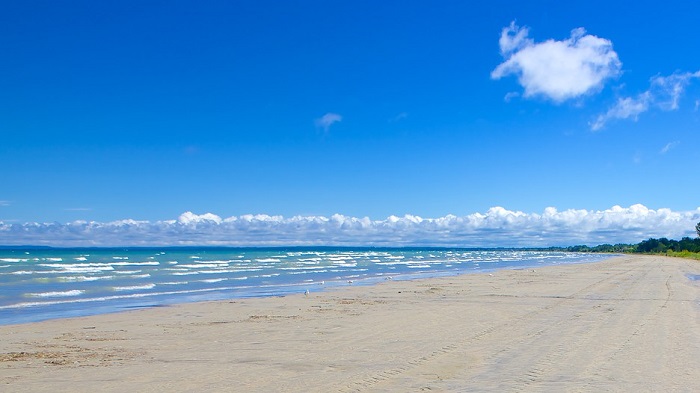




 Susan Lloyd Swail
Susan Lloyd Swail








